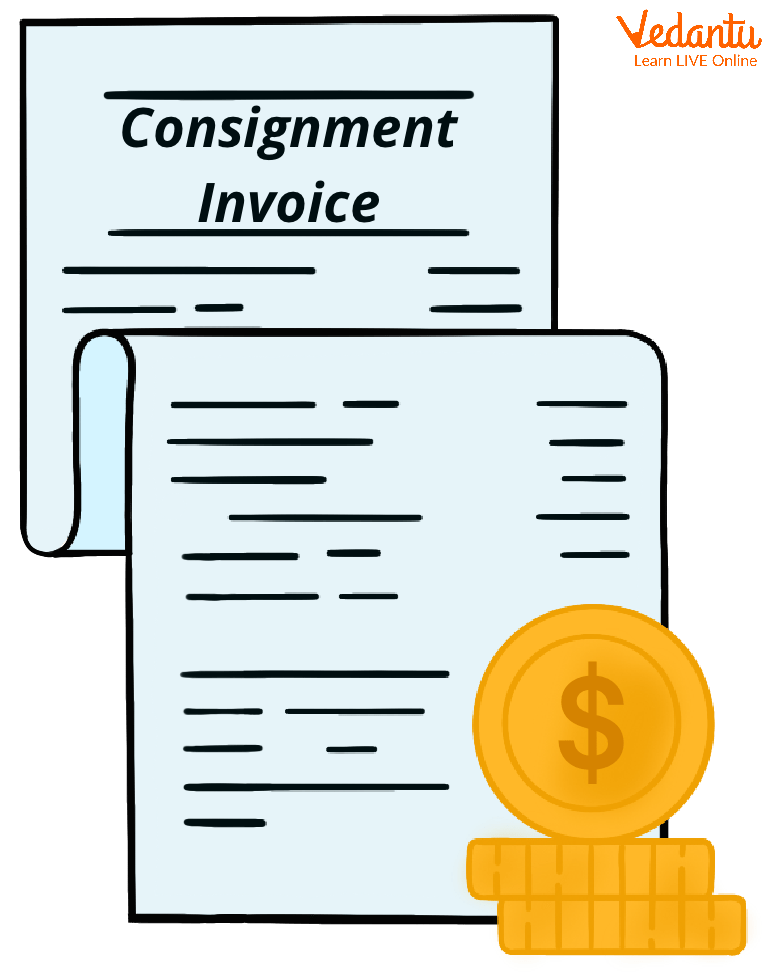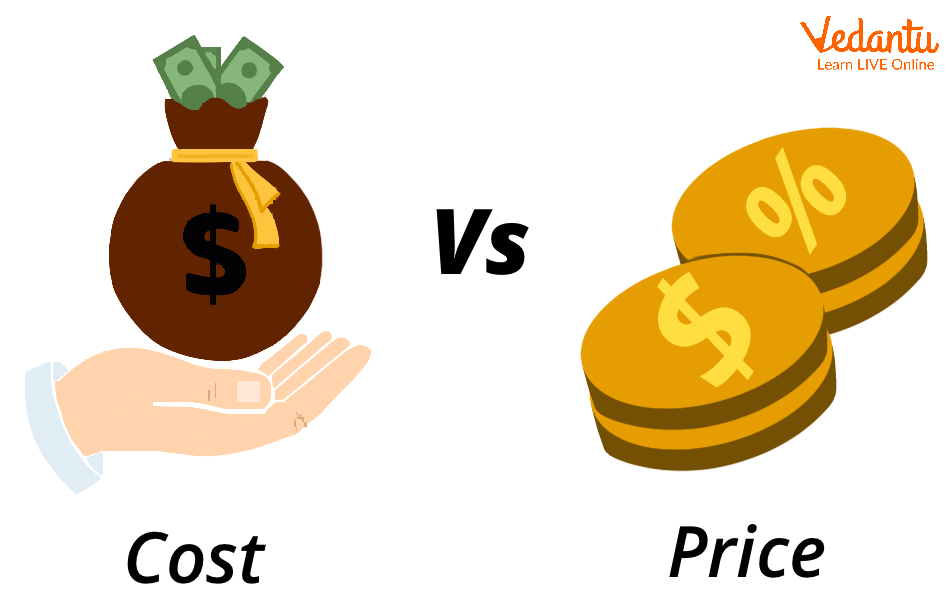




An Introduction to Invoice Price Meaning
So, what is the invoice price? The cost that the dealer pays to the manufacturing company is the "invoice price." Most of the time, this term is used in the car business. There is no set way to determine the price on the invoice. Most of the time, rebates and special offers lower the dealer's cost even more than the invoice cost.

Meaning of Invoice Price in Consignment.
The invoice price is the cost that shows up on the bill when a vendor orders a car from the manufacturer. Dealers get special offers based on how much they sell, which lowers their total cost. Account payables cost calculation of invoice price is done by dividing the entire amount of expenses spent in paying invoices over a certain period by the total number of invoices paid during that period.
What is Invoice Price?
When you book the automobiles, the manufacturer can make the bill. After rebates, the invoice price is the final cost the vendor will have to spend on the manufacturer. When you say the invoice price, you get:
The dealer and the manufacturer have agreed on the invoice price. So, if there are any disagreements, it serves as proof of the price that was agreed upon.
When dealers buy in bulk, the manufacturer may offer the dealers more discounts on this invoice price. So, the invoice price is an excellent way to determine a fair price.
Clients can look at the invoice price to see if they can get a better deal from the dealer. It provides the client with another opportunity to talk about the price.
Difference between Cost Price and Invoice Price

Difference Between Invoice price and Cost Price.
In branch financial statements, the head office usually sends products to branches based on the invoice price rather than the cost price. The business can hide its net profit from branch staff members. There will be two prices just on the invoice. The first is the retail cost, and the second is the profit%. However, the invoice price method is an essential part of branch accounting.
The consignor could send the goods at a rate higher than the market cost rather than sending them at the cost price. This cost is known as the selling price or the invoice price. Loading is the higher price over cost or the difference between cost price and invoice price of goods. It is done so that the money made on consignment stays a secret.
So, the consignee couldn't know how much money was made from the consignment. So, the consignor sends the proforma invoice at a higher price than the cost price. Once the consignor writes down the payment in his book at the invoice price, he has to make some extra entries to eliminate the additional expense and figure out how much he made or lost on the consignment.
Defining Stock Reserve in Consignment

Defining the meaning of Stock Reserve in Consignment
A stock reserve in consignment is a balance sheet that is a contra-asset account used to plan for inventory that can't be sold. Each year, a supplier has stock that can't be sold for several reasons. It could go poorly, out of style, or become outdated in terms of technology.
To prepare for this, the business will add a line to the income statement called "stock reserve." The stock reserve takes the amount of inventory that won't be capable of being sold that year. Stock is counted as an asset, and stock reserve is considered a contra asset because it lowers the net value of stock assets at the firm.
Since some of a firm's stock doesn't sell every year, it makes sense that the business wouldn't list the total amount of its stock as an asset. The worth of the stock company's balance sheet is subtracted from the value of the stock reserve contra asset account. This gives a more accurate picture of how much of the stock will be sold to make money for the company in the future. Without the stock reserve entry, the firm's assets will be worth more than they are.
Conclusion
When an item is consigned, its owner (the consignor) hands it over to a third party (the consignee) who agrees to market the item on its behalf. It is the consignor, not the consignee, whose books the products will show in as stock until they have been sold. There is no requirement to make an accounting record for the shipment of goods from the consignor to the consignee. Typically, only noting the transfer in the consignor's stock tracking system is enough.
FAQs on The Calculation of Invoice Price : Explained in Detail
1. What are the features of consignment accounting?
The consignor entrusts the products' successful resale to the consignee or agency. In this relationship, the consignor plays the role of principal and the consignee of the agent. In this scenario, the consignee does not purchase the items from the shipper. After selling the products, he must pay the consignor the proceeds. The consignee is not responsible for the items' safety, but he must use reasonable caution to prevent damage or loss in transit and commission is earned by the consignee.
2. What is the invoice price formula?
The consignor may ship products at a more excellent price than the cost. Loading is the difference between a product's cost and invoice price. This conceals consignment profits. The consignee couldn't know the consignment profit. The consignor delivers the proforma invoice at a more significant price than cost. When the consignor registers the transaction at invoice price, he must make extra entries to remove the excess price and determine the consignment profit or loss. It encourages the person getting the goods to sell them for the best price possible.
3. How would you calculate stock reserve?
Consignment is the agreement between producers or manufacturers to provide items to their agents for sale.
To figure out the stock reserve, take the amount you agreed to pay the owner of each item you sold on consignment and take it away from the price you got. Put the difference on the line next to the listed piece of inventory. This is the difference between how much you made from selling the item and how much it cost you to buy in the first place.





















